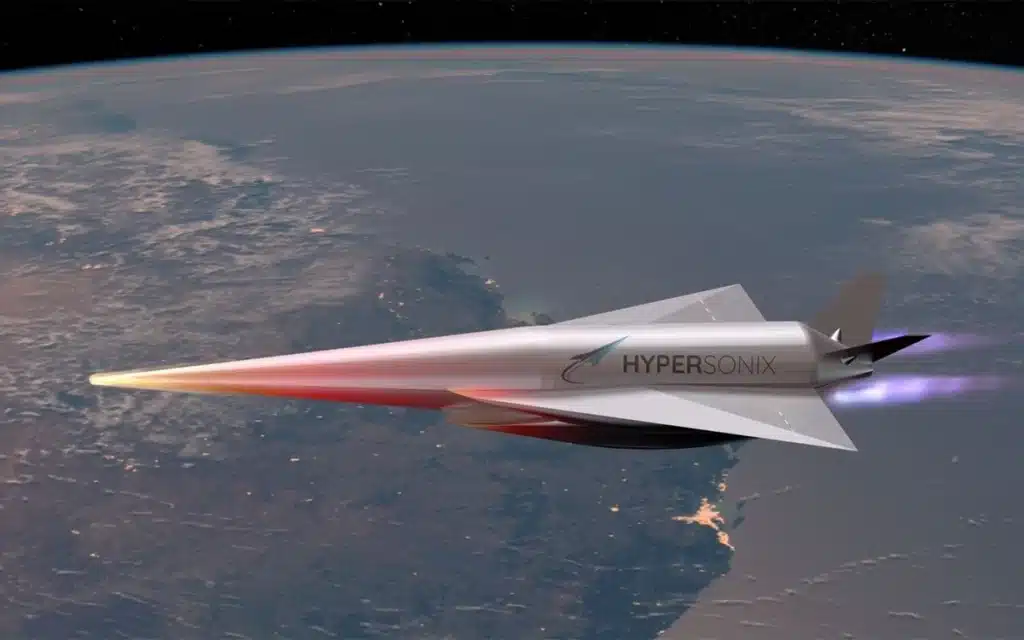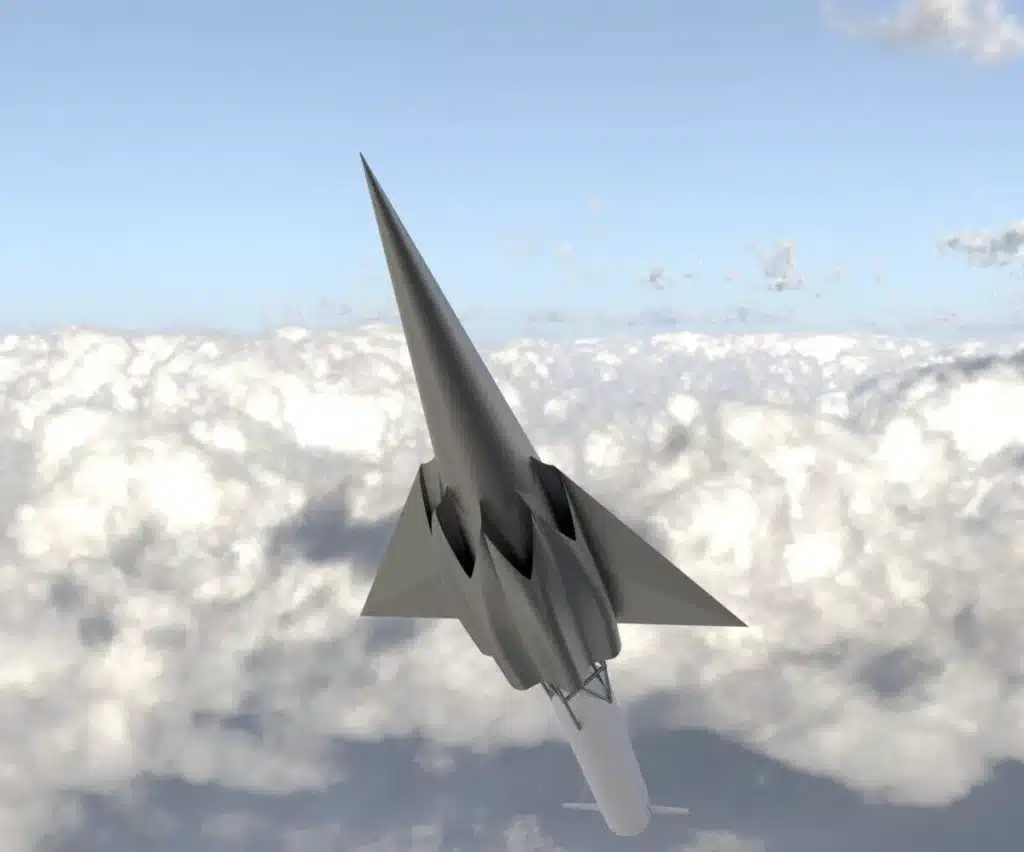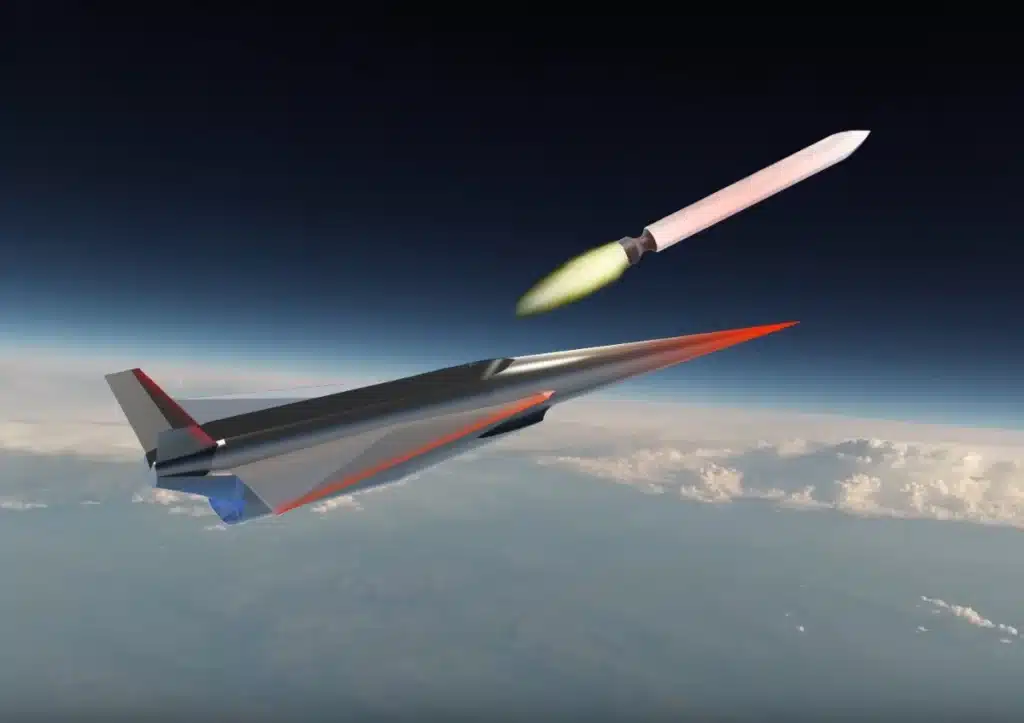Zero emissions hypersonic spaceplane would cross the Atlantic in 90 minutes
- Hypersonix Launch Systems is developing a hypersonic spaceplane
- It could cross the Atlantic in 90 minutes
- The spaceplane would be entirely emission-free by running on green hydrogen
Published on Jun 05, 2024 at 4:06 PM (UTC+4)
by Siddharth Dudeja
Last updated on Jun 05, 2024 at 9:18 PM (UTC+4)
Edited by
Tom Wood
An Australian aerospace engineering company, Hypersonix Launch Systems, is working with the University of Sydney to create a one-of-a-kind zero-emissions hypersonic spaceplane.
If the project becomes a success, it would be amongst the fastest planes of the modern era, capable of crossing the Atlantic in a mere 90 minutes.
The best part about the project is that the plane would be completely sustainable by using green hydrogen to fly.
READ MORE: NASA’s X-59 ‘quiet’ supersonic jet passes critical test

What’s the current status of the hypersonic spaceplane?
While a super-fast hypersonic spaceplane sounds fun, it cannot be created overnight.
It has a name, though.
The aerospace company and the team at the University of Sydney are calling the hypersonic spaceplane ‘Delta Velos,’ which sounds like something straight out of a science fiction film.
Hypersonix inaugurated the project back in 2019, and there haven’t been many updates since then.
But that doesn’t mean there isn’t enough progress to show us all.
Since then, the aerospace company developed a 3-stage satellite launch system, which it calls ‘Wirraway.’
And, you guessed it — the system, too, is sustainable and runs on green hydrogen fuel.
It used a reusable scramjet engine technology to make the launch system emission-free.
Unlike the supersonic wingless ultra-luxury plane that could complete a London to New York flight in less than five hours, it will also be able to deploy satellites to low Earth orbit.
Maybe one day, we could see a SpaceX spaceplane deploying Starlink satellites to space.

Delta Velos will use the latest tech to become fast and emission-free
Furthermore, the teams plan to install four green hydrogen-fuelled scramjet engines to power the Delta Velos.
Four scramjet engines might seem overwhelming, but when an aircraft aims to cross the Atlantic in 90 minutes, it needs all the help it can get.
Speaking of help, Delta Velos will feature several 3-D-printed fixed geometry to help reduce the overall weight while making it durable enough.
And of course, the 3-D-printed stuff will not include any moving parts, because that’s just not a viable options.
Frankly, the spaceplane is far from being ready for production, but it’s making credible progress.

How far along is the Delta Velos project?
Hypersonix won a US patent for its hydrogen-fuelled engines, which will sit inside Delta Velos.
This means that a major obstacle is over, and the company is working on developing the engines.
Moreover, the plane will have a wingspan of 3.5 meters, which gives it the ability to fly like a plane.
The Australian aerospace company claims that the plane could pull off top speeds of up to Mach 12.
For context, that’s 12 times the speed of sound.
If anything, it’s an ambitious number.
The final working Delta Velos prototype could still be a long time away, but supersonic planes like these certainly have a place in the future of aviation.
DISCOVER SBX CARS: The global premium car auction platform powered by Supercar Blondie





